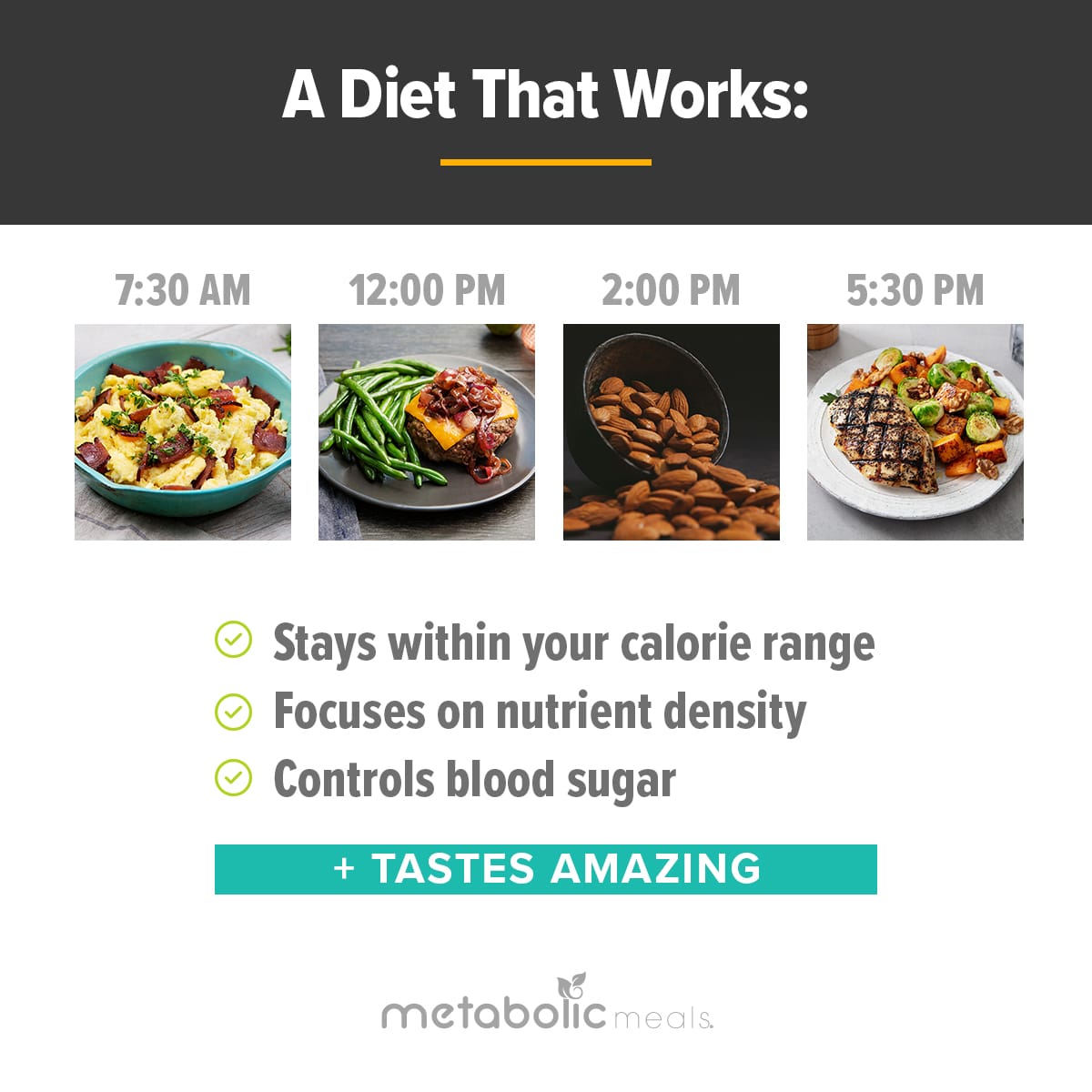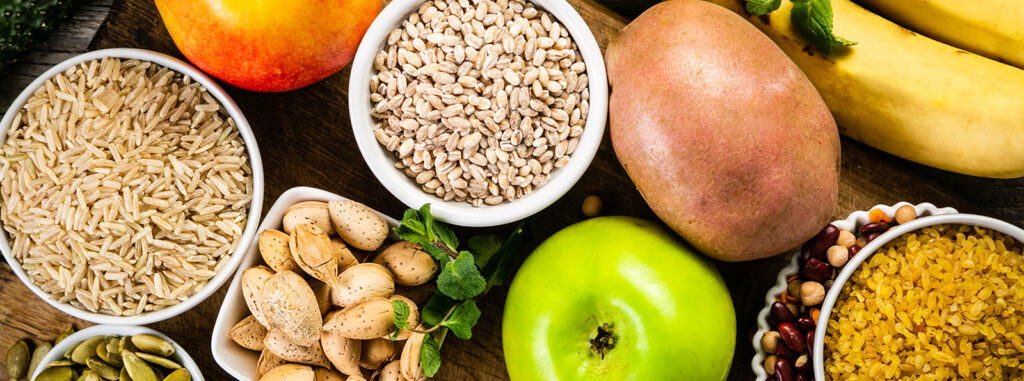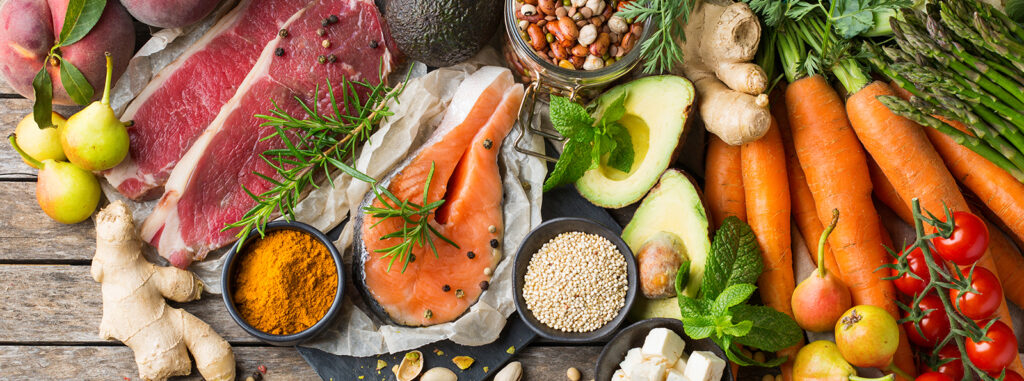ARTICLE AT A GLANCE
Jason Barbour
I believe that success in any challenging endeavor requires a deep faith that the hard work you’re putting in is not being wasted. This requires you to understand the WHY.
When we understand the WHY, less motivation is needed to complete a difficult task. In fact, it eventually becomes routine and much less difficult.
Why do we get up and go to work on Monday?
Why do we pay our rent or mortgage?
Hell, why do we brush our teeth?
Most people have a full understanding of the benefits and potential consequences of these three questions so compliance is pretty high.
Not so much with diet. In fact, 97% of diets fail. It seems that the majority of people would rather mimic others than learn the nutritional WHYs.
Why do diets fail?
You may have read about a Hollywood celebrity that lost 30 pounds in a month. Maybe a friend dropped two sizes after drinking nothing but detox shakes for a week.
Vicious cycle coming in 3… 2… 1…
- You’re motivated to give it shot. “I can do anything for a month, especially with those results,” you say.
- You go all-in, lose 8 pounds (but not 30) and feel physically ill.
- Despite your hard work, you regain those 8 pounds in 30 days and 5 more pounds in 60 days.
- You feel terrible about your results, create self-doubt and blame it on bad genetics or even worse, your own lack of willpower.
That wasn’t sustainable or healthy and you never considered “What’s Next?”
Grandma + Gold Medalist = Same Dinner
What if I told you that you could learn enough within one week to take full control of your health and maintain a healthy weight from here on out?
I’m certainly not implying that you’ll be a nutritional expert that quickly, but I just don’t believe that the basic WHYS of nutrition are hard to teach or understand.
Over the last 17 years, I’ve helped people dial in their nutrition for just about any goal you could think of: Olympic Games, cancer, diabetes reversal, weight loss, spite — you get the picture.
From the outside, these goals seem like they each would require drastically different diets. But you might be surprised to know just how similar they actually are.
The difference between grandma and hard training athletes is an extra meal and more carbohydrates timed around training/competition. Both share these 3 foundational truths.
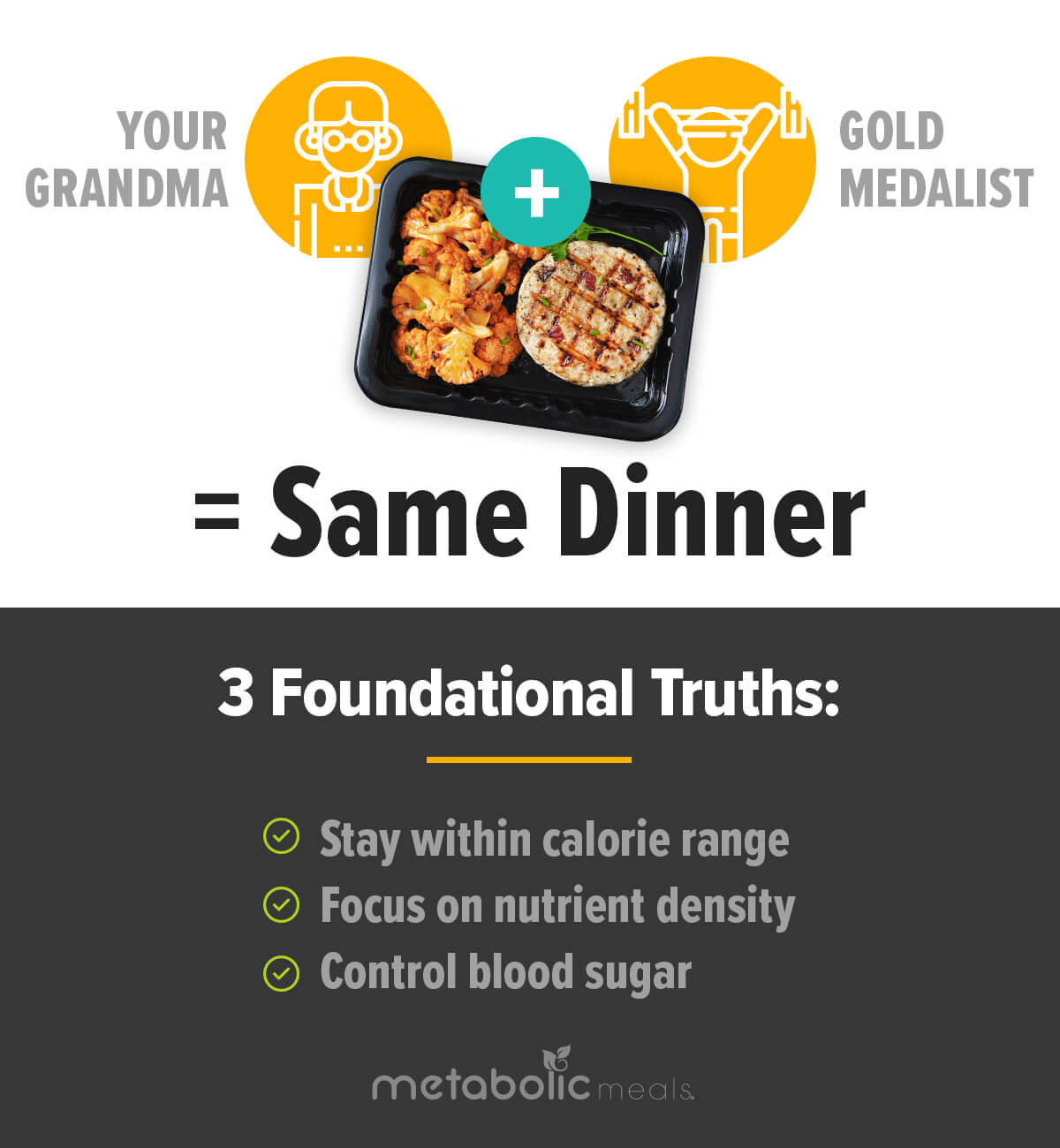
Diet Success in 3 Steps
1. Stay within your calorie range.
This doesn’t have to be exact and you don’t have to stress over knowing whether that steak was 4 oz. Or 4.8 oz.

The fact is, our calorie expenditure changes daily and to obsess over a set number like 1200 calories is a waste of energy. Overly strict calorie counting leads to burnout more times than not. I’ve found that it is much more effective to establish a personalized healthy range that prevents over and under-eating.
I usually recommend that people start out at 350-450 calories per meal and eat 3-4 meals per day within a 10-hour window (7:30 a.m. – 5:30 p.m. for example). Think that’s not enough food for you? You’re probably wrong, keep reading.
Pro-Tip: The results from most fad diets are based only on short-term calorie restriction in some way or another. Calories matter but focusing too much on them leads to yo-yo dieting, especially when they’re all that’s considered.
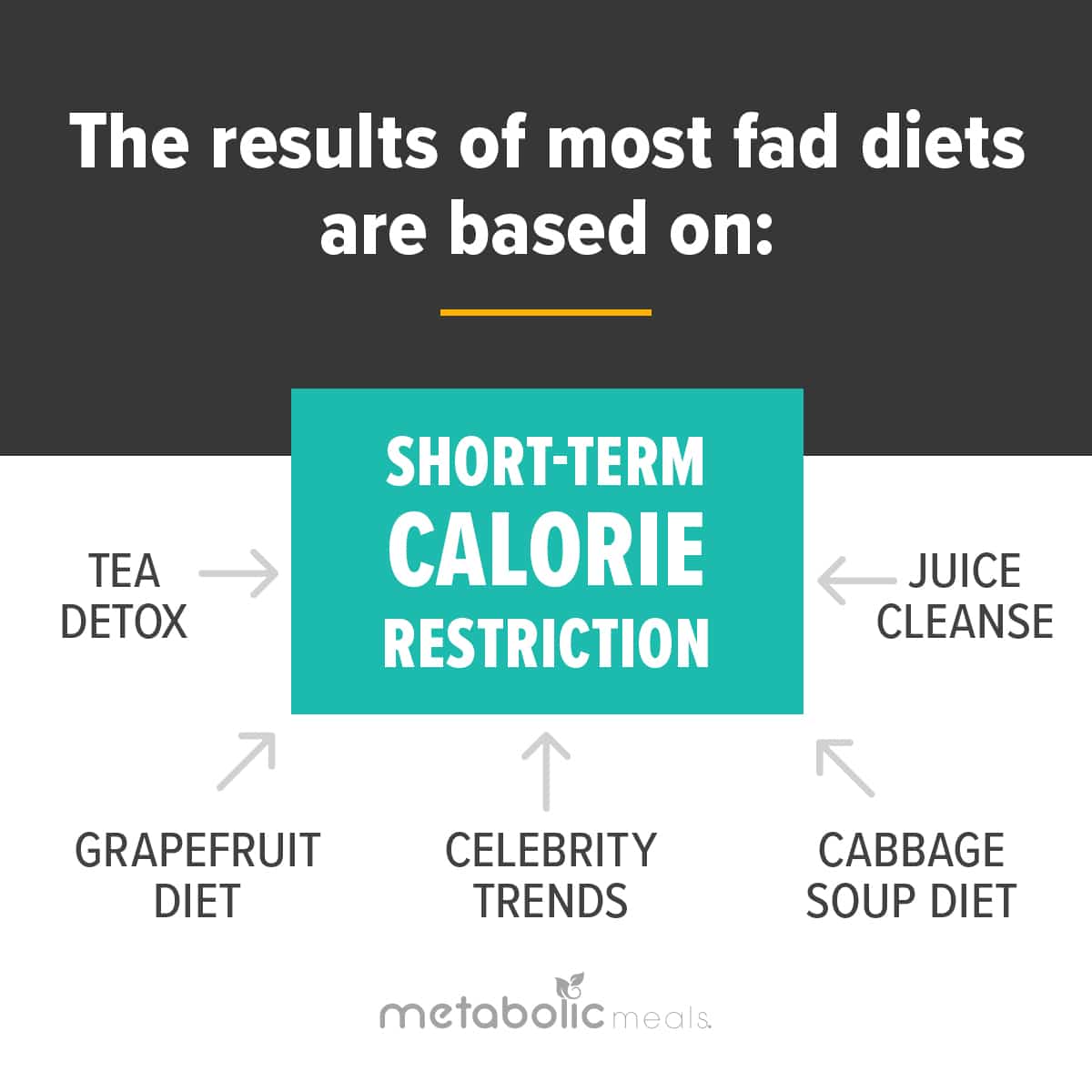
2. Focus on nutrient density.
If the food you’re eating is loaded with naturally occurring micronutrients like zinc, magnesium, B-vitamins and macros like fiber, protein and omega-3 fats, it’s going to be less likely that you overeat on a daily basis.
Why is that?
Satiety: Most of the foods that we overeat are highly processed, lacking nutrients and just not filling. When food quality is poor, it’s not uncommon to consume 800+ calories before feeling “full” and then we’re looking for something else to eat a couple of hours later. This vicious cycle is actually a craving and not true hunger, which has more to do with dopamine and blood sugar (more on that later). On the flip side, try to eat 800 clean calories sometime … it’s not easy!
 Healthy, chef-crafted meals, delivered fresh to your door.
Healthy, chef-crafted meals, delivered fresh to your door.
Increased Metabolism: Thyroid hormones regulate metabolic rate by affecting enzyme activity, body temperature, appetite, cravings and the absorption of valuable nutrients.
When your thyroid is working optimally, fat loss, muscle gain, mood and energy are all improved. The thyroid relies on Vitamin A, B-Vitamins, Iodine and Omega-3s for nourishment.
Just as important for thyroid health is limiting ingredients such as sugar, soy and gluten – all known to ramp down thyroid output. Your thyroid is synergistic with other hormones which means cortisol, insulin, growth hormone and sex hormones are much more likely to stay within the ideal range when your thyroid is doing a good job.
This affords you the ability to eat a little more from a calorie standpoint, while also getting better results from exercise.
Pro-Tip: If you just want to get smaller, then calorie counting will work for a while. If you care about looking and feeling better, food quality matters.
3. You must control your blood sugar.
Now that we’ve established the need for a calorie range and the importance of eating real food, let’s talk more about macronutrients.

Proteins, fats and carbohydrates are used by the body for a variety of purposes including energy, immune function, detoxification, cell repair and a whole lot more.
Before we get too far into roles and ratios of these macros, I think it’s important to note that: proteins and fats are essential for life and carbohydrates are not.
You can literally thrive without carbohydrates in your diet, yet die if you stop consuming proteins and fat.
That being said, you CAN still improve your health and weight loss results while enjoying some carbohydrates in your diet. It comes down to the type of carbohydrates, how much and when. It also greatly depends on your insulin sensitivity, which improves with clean eating and exercise
Carbohydrates
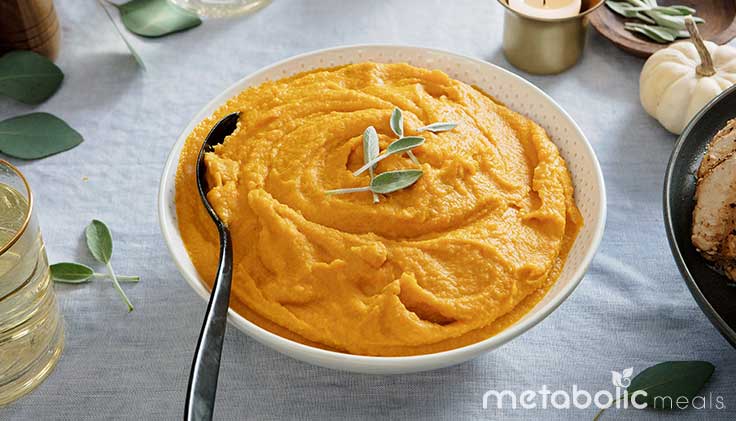
Carbs are going to have the biggest impact on blood sugar out of the three macronutrients, so we’ll address that first.
A good range to test your tolerance is 25g-35g per meal and less than 100 total grams per day.
Fiber should be around 25% of these carbohydrates which improves the glycemic load of a meal on top of other digestive benefits.
Sugar should be kept to an absolute minimum. Do not eat your entire daily allowance of carbohydrates in one meal.
If you are someone who routinely eats 200+ grams of carb per day (which is most people), it may take 2-3 weeks to adjust. Dealing with cravings and low energy is not uncommon when you drop your carb intake.
Take it one day at a time.
It will pass.
It will be worth it.
Protein

Protein does have a slight effect on blood sugar, but far less than carbs and the health benefits can’t be overstated.
First off, the proteins you eat contribute to neurotransmitter production. These neurotransmitters make you feel energized, alert and can improve your mood.
Protein is also vital for a healthy immune system. Your immune system relies on proteins to fight infections: Your body uses the amino acids in the protein you eat to make immunoglobulin, otherwise known as antibodies. Antibodies fight off bacteria, viruses, and toxins, and if your diet doesn’t contain enough protein to create those antibodies, you might become more susceptible to illness.
As for diet success, protein is very thermogenic and aids in fat loss.
The quality of protein you consume is important since meat from animals raised on their natural diets contain more omega-3 fatty acids that help lower inflammation and raise insulin sensitivity (the key to blood sugar control).
A good amount of protein to shoot for per meal is 25g-40g. Larger individuals or people with more muscle mass should be in the upper end of that range and can even go a bit higher if you prefer.
Pro-Tip: Curious about Animal vs. Plant Protein? We’ve got a lot to say about the difference.
Fat
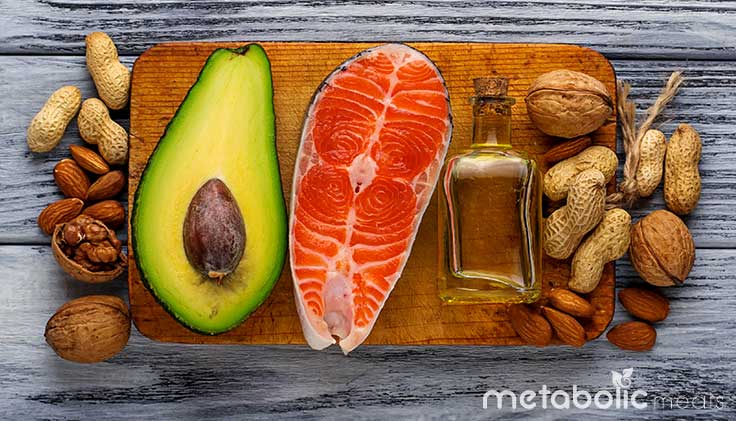
Americans are eating too many inflammatory omega-6 fatty acids from canola, cottonseed, and corn oils as well as commercially farmed meats raised on grain and soy. As in: 20x too much! The mixture of these forms of unhealthy fats and too many carbohydrates play a big role in disease and the obesity epidemic our country is experiencing.
A low-fat diet is certainly not the answer, but a change in the TYPES of fat you consume is. Healthy fats can actually help you lose more fat by improving metabolic rate, balancing hormones and reducing cravings. A reduction of cardiovascular disease is linked to healthy fat intake, and so is mitochondrial health improvement.
What are healthy fats and how much should you be eating?
Healthy fats are unrefined and examples include:
– grass-fed red meat
– pasture-raised poultry
– wild-caught fatty fish
– avocados
– olives
– nuts
– seeds
Maintaining a balance of omega 3:6:9 is the goal and can be achieved by a steady rotation of the foods listed above.
While it impacts blood sugar the least of all 3 macros, it can slow weight loss if you don’t stay within your calorie range. Since fat has 9 calories per gram, it is certainly possible to overeat it.
How much? 60g-100g is a wide range, but allows for some flexible testing.
I usually recommend a little more fat when the carbs are reduced, as this helps with energy and ensures calories don’t get too low. If you decide that you do better on more than the 100g of carbs recommended, then I would consider bringing the fat down (60-80g of fat per day).
Pro-Tip: A diet low in polyunsaturated and monounsaturated fat and high in saturated fat dramatically increases the risks of Type 2 diabetes and obesity for people with particular SNPs of certain genes including FTO and PPARG. In this case, it would be wise to stay under 8g of saturated fat per meal, while eating more mono and polyunsaturated fats from the list above.
But what if this isn’t enough food?
Unless you are physically training hard and often or have a lot of muscle mass, it’s very unlikely you’ll need to exceed 100g of carbs per day. This means that the increase should come from protein and fat.
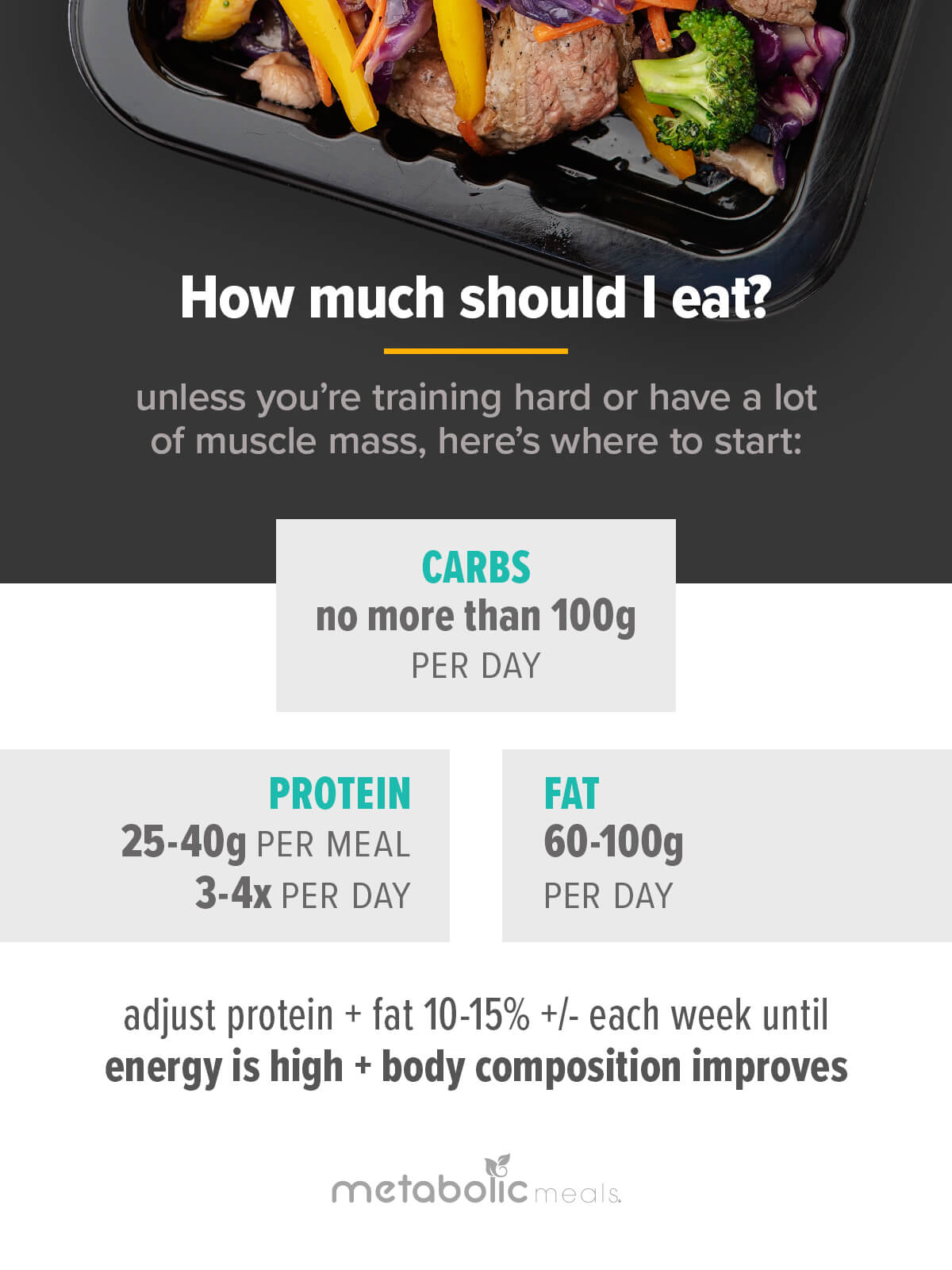
Adjusting daily protein and fat grams up 10-15% each week is a good start. When you see that energy levels and motivation are high while body composition is improving, you’ve found your range.
Putting It All Together
